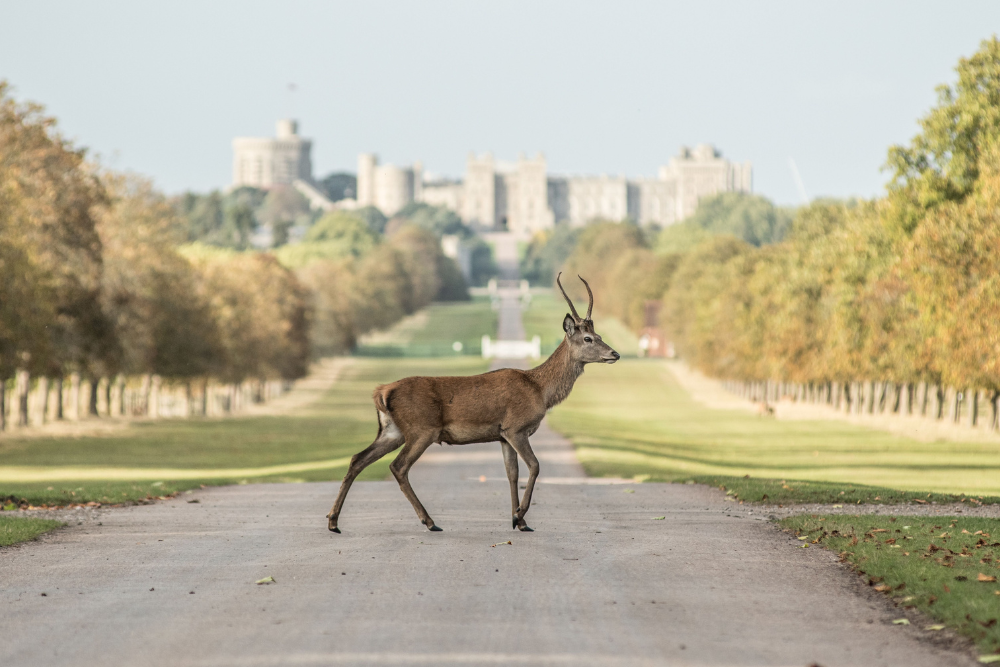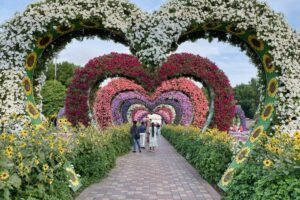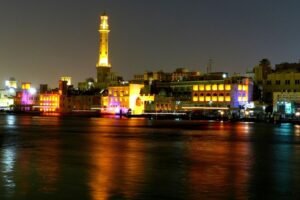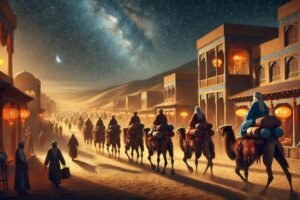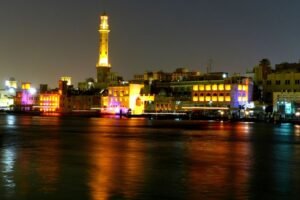The United Kingdom is home to a rich diversity of landscapes and ecosystems, making it an ideal destination for wildlife photography. From rugged coastlines to rolling hills and dense forests, the UK offers countless opportunities to capture stunning images of wildlife in their natural habitats. Whether you’re a professional photographer or a nature enthusiast with a camera, the following spots are some of the best places to photograph wildlife in the UK.
1. The Cairngorms National Park, Scotland
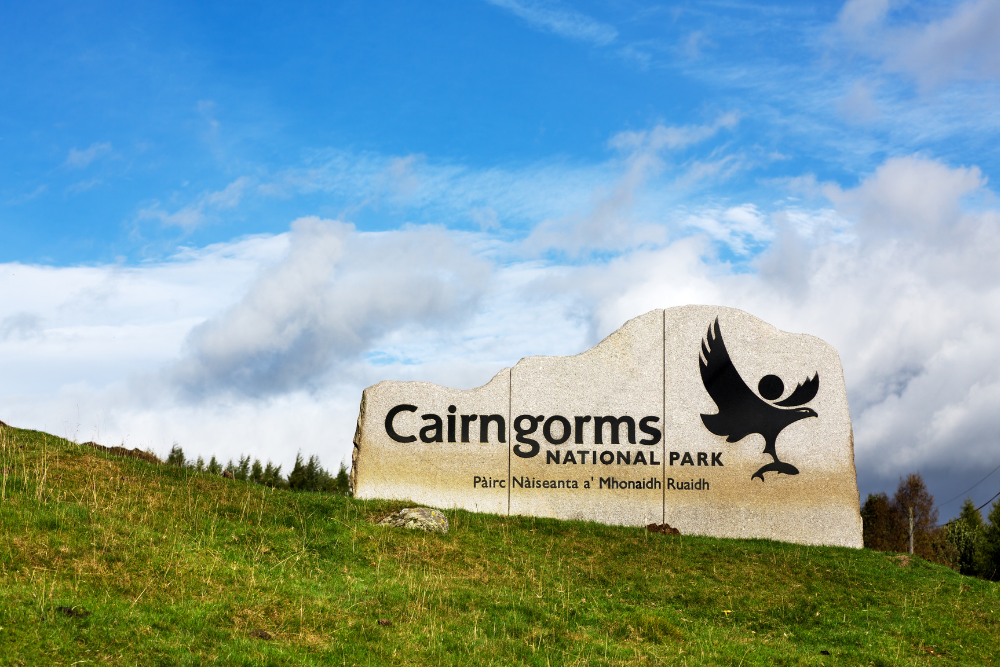
Why it’s great: The Cairngorms National Park, located in the Scottish Highlands, is one of the best places in the UK to capture a wide range of wildlife. The park is home to rare species, including red squirrels, golden eagles, and wildcats. The dramatic mountain scenery, forested glens, and lochs provide a stunning backdrop for wildlife photography.
Wildlife to capture:
- Golden eagles soaring above the mountains.
- Red squirrels leaping through the trees.
- Highland cows grazing in the fields.
- Deer and other woodland creatures.
- Migratory birds in the wetlands.
Best time to visit: Spring and autumn are the best seasons to photograph the park’s wildlife, as animals are most active during these times.
2. The Isle of Mull, Scotland
Why it’s great: The Isle of Mull is a haven for wildlife photographers, especially those interested in marine life and seabirds. Located off the west coast of Scotland, this island is known for its stunning coastal scenery and abundant wildlife. You can capture everything from majestic sea eagles to playful otters and basking sharks.
Wildlife to capture:
- White-tailed and golden sea eagles in flight.
- Otters along the rocky coastline.
- Basking sharks swimming in the clear waters.
- Puffins, guillemots, and other seabirds nesting on cliffs.
- Deer and goats in the island’s hills.
Best time to visit: Late spring to early summer is ideal for photographing seabirds, while autumn is the best time for deer rutting.
3. Brownsea Island, Dorset, England
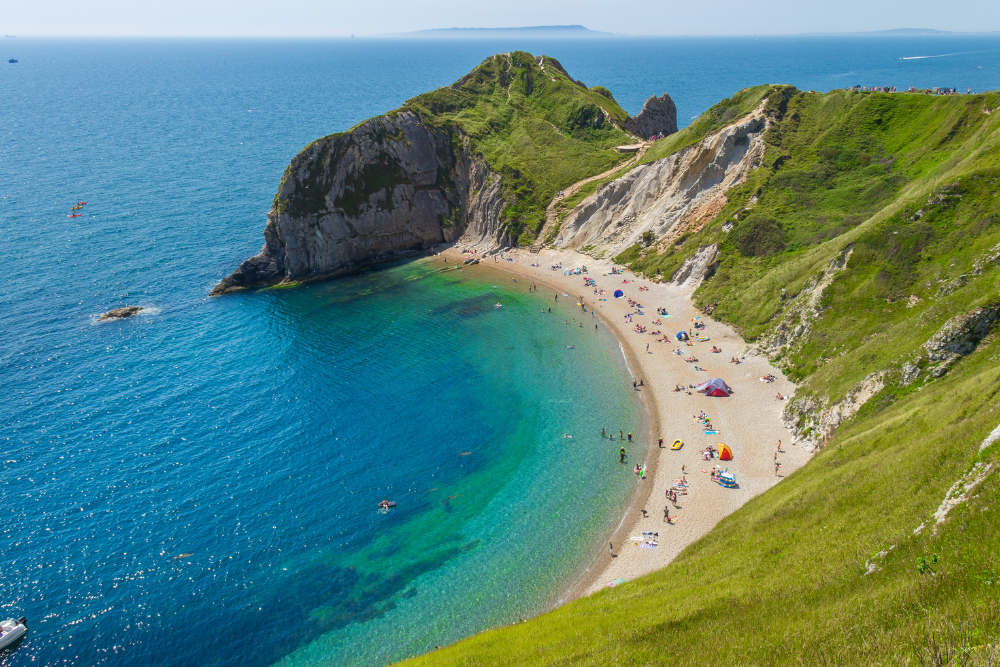
Why it’s great: Brownsea Island, located in Poole Harbour, is a nature reserve and one of the best spots in southern England for wildlife photography. The island is home to a variety of species, including red squirrels, rare birds, and waterfowl. Its mix of coastal habitats and woodland offers many photographic opportunities.
Wildlife to capture:
- Red squirrels hopping through the trees.
- Rare birds such as the spoonbill and kingfisher.
- Marsh harriers hunting over the reed beds.
- Seals basking on the shores.
- Butterflies and other insects in the island’s meadows.
Best time to visit: Spring and autumn are prime times to capture wildlife, especially for birdwatching and squirrel photography.
4. RSPB Minsmere, Suffolk, England
Why it’s great: The Royal Society for the Protection of Birds (RSPB) Minsmere Reserve in Suffolk is a wildlife photographer’s paradise, offering an array of habitats including marshes, heathland, and woodlands. The reserve attracts a wide variety of bird species, making it one of the top birdwatching locations in the UK.
Wildlife to capture:
- Marsh harriers soaring over the reed beds.
- Bitterns and other rare birds nesting in the marshes.
- Red deer and wild ponies grazing in the heathlands.
- Butterflies and dragonflies near the freshwater pools.
- Foxes, rabbits, and other mammals.
Best time to visit: Spring and autumn are particularly rewarding for bird photography, with many species migrating through the area.
5. The New Forest, Hampshire, England
Why it’s great: The New Forest is one of the UK’s most iconic nature reserves, known for its ancient woodlands, heathlands, and wetlands. This area is home to a variety of wildlife, including wild ponies, deer, and numerous bird species. The combination of habitats makes it an excellent location for capturing wildlife in action.
Wildlife to capture:
- Wild ponies roaming the heathlands.
- Deer herds, especially in the early morning light.
- Birds of prey like kestrels and buzzards hunting over the fields.
- Hedgehogs and other small mammals.
- Foxes and rabbits in the woodlands.
Best time to visit: Early morning or late evening for the best chances to photograph deer and ponies in soft, golden light.
6. Norfolk Broads, Norfolk, England
Why it’s great: The Norfolk Broads is a network of rivers and wetlands, offering one of the most picturesque settings for wildlife photography. This area is teeming with wildlife, from rare birds to otters, and the stunning landscape offers excellent opportunities for wide-angle and close-up shots.
Wildlife to capture:
- Kingfishers perched on branches above the water.
- Swans, geese, and other waterfowl gliding across the lakes.
- Otters swimming along the riverbanks.
- Marsh harriers hunting over the reed beds.
- A variety of dragonflies and butterflies near the waterways.
Best time to visit: Spring and summer are ideal, as many species are nesting and the flora is at its peak.
7. The Peak District, England
Why it’s great: The Peak District offers a diverse range of habitats, from limestone dales to moorland, making it a prime location for wildlife photography. The area is home to a wide variety of species, including birds of prey, deer, and plenty of smaller mammals and insects.
Wildlife to capture:
- Red grouse and peregrine falcons in the moors.
- Deer in the valleys and woodlands.
- Rabbits, hares, and other small mammals.
- A variety of songbirds, including skylarks and woodpeckers.
- Beautiful butterflies and moths in the wildflowers.
Best time to visit: The spring and summer months are great for capturing a wide variety of birds, insects, and mammals.
8. The Isle of Skye, Scotland
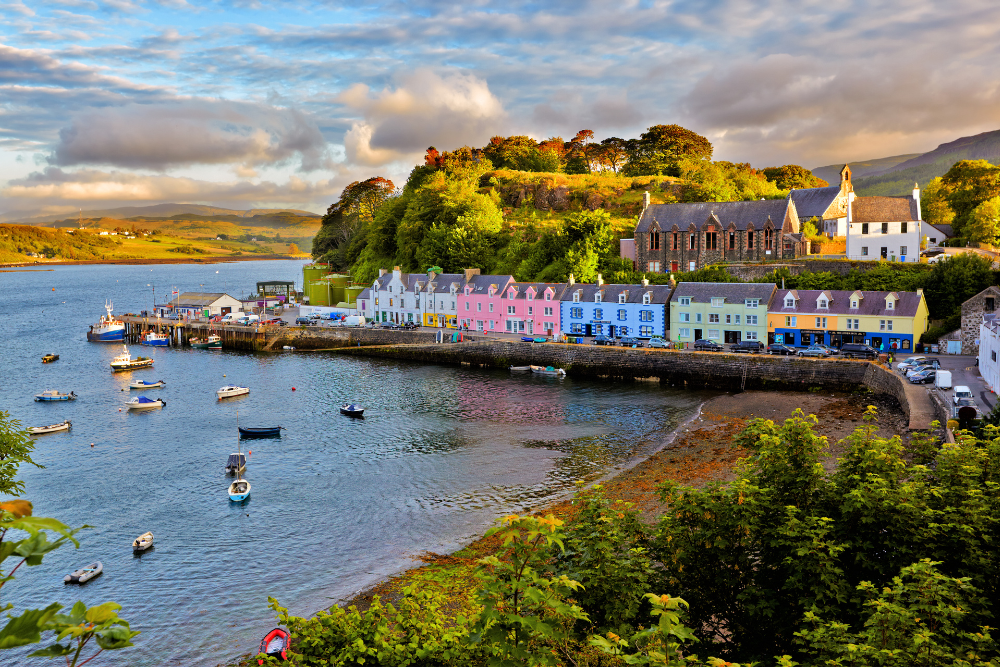
Why it’s great: The Isle of Skye is one of the most rugged and dramatic landscapes in the UK, with its cliffs, lochs, and mountain ranges. It’s also home to a variety of wildlife, including seabirds, seals, and deer. The remote beauty of Skye makes it a perfect spot for photographers seeking to capture wildlife in a dramatic setting.
Wildlife to capture:
- Red deer in the hills and woodlands.
- Seals basking on the rocky coastline.
- Puffins and other seabirds along the cliffs.
- Otters and dolphins along the shores.
- Golden eagles soaring above the mountains.
Best time to visit: Spring and early summer are ideal for photographing seabirds, while autumn offers great opportunities for capturing deer.
9. The Pembrokeshire Coast, Wales
Why it’s great: The Pembrokeshire Coast National Park in Wales is home to dramatic cliffs, sandy beaches, and clear waters, making it a fantastic location for wildlife photography. This area is famous for its diverse marine life, including seals, dolphins, and a wide variety of seabirds.
Wildlife to capture:
- Atlantic grey seals on the rocky beaches.
- Puffins, guillemots, and razorbills on the cliffs.
- Dolphins and porpoises in the waters.
- Sea birds and waders along the coastline.
- Migratory birds passing through the area.
Best time to visit: Spring and summer for seabird nesting and seal watching.
10. Exmoor National Park, England
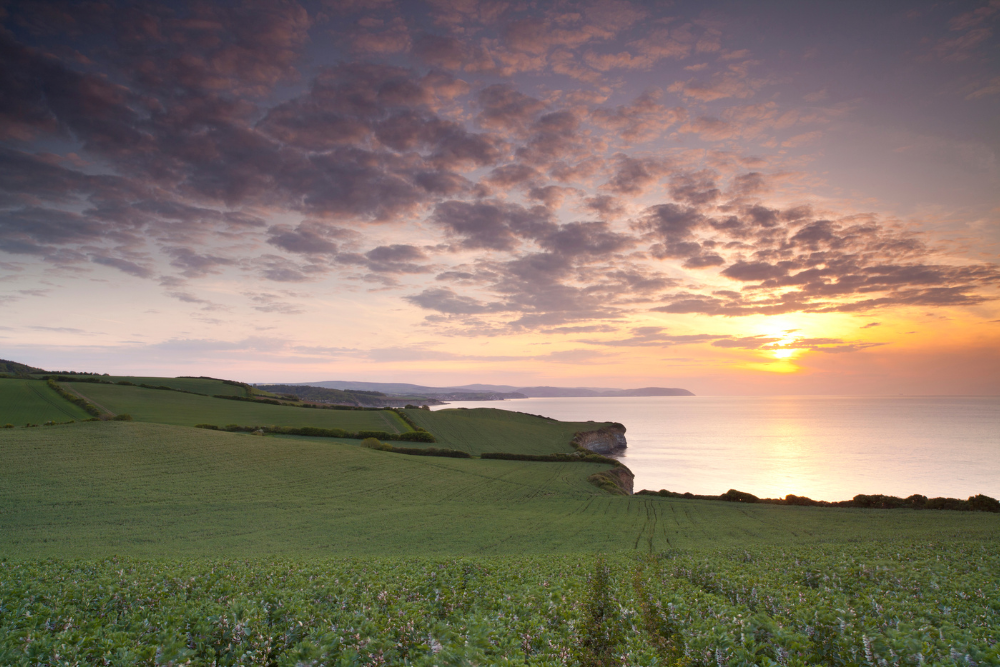
Why it’s great: Exmoor National Park is known for its stunning landscapes, which include heathlands, woodlands, and dramatic coastal cliffs. It’s a great place to capture wildlife, with the added bonus of dramatic scenery in the background.
Wildlife to capture:
- Red deer and wild ponies in the moorland.
- Foxes, badgers, and other mammals.
- A variety of bird species, including barn owls and skylarks.
- Butterflies and moths in the wildflower meadows.
Best time to visit: Spring and autumn for wildlife sightings, especially during the rutting season for deer.
Conclusion
The UK is an exceptional destination for wildlife photography, offering diverse habitats that range from the Scottish Highlands to the gentle coastlines of Wales and England. Each location provides unique opportunities to capture stunning images of animals in their natural environments. Whether you’re an experienced photographer or a beginner, these top spots are sure to inspire your creative vision and provide lasting memories of the UK’s wildlife.



